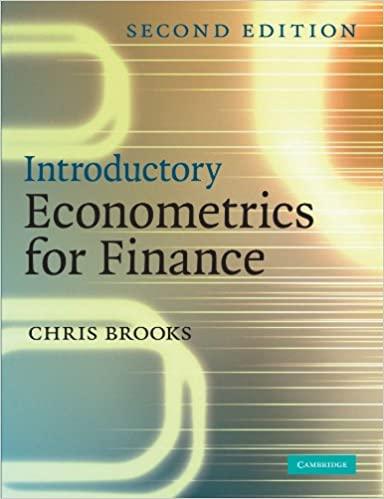A major US domestic pharmaceutical firm is carefully watching the gradual relaxation of laws prohibiting the sale/use/possession of marijuana. The company is convinced that following the 2020 election there will be a push for full legalization of marijuana across the entire country. Market analysts believe the total US marijuana market at retail prices is approaching $2,750,000,000. Medical sales are projected to be 28% of this market with the remainder being recreational use. Market analysts segment the overall market as follows: (1) Dry leaf, stem, buds - 21%; (2) Edibles (including beverages) - 28%; (3) Tinctures, oils, creams - 27%; (4) Concentrates and extracts - 14%; (5) Miscellaneous - 10%. Based on the experiences gleaned from states such as Oregon, California, and Colorado, the market analysts believe sales will likely occur through the following channels: (1) Medical dispensaries as legacy holdovers in states with permissible medical marijuana currently - 8%; (2) Drugstores and pharmacies - 11%; (3) Marijuana "boutique" retail specialty stores selling only marijuana and ancillary products - 37%; (4) Convenience stores - 9%; (5) Grocery stores - 12%;(6) Bars, clubs, coffee shops, etc. - 15%; (7) Mass merchandisers - 8%. If the US pharmaceutical firm enters the medical marijuana market and uses its existing distribution network, it feels it can easily integrate edibles and tinctures, oils, and creams into its supply chain. It would sell through medical dispensaries and drugstores and pharmacies. What is the expected relevant market for the company? A major US domestic pharmaceutical firm is carefully watching the gradual relaxation of laws prohibiting the sale/use/possession of marijuana. The company is convinced that following the 2020 election there will be a push for full legalization of marijuana across the entire country. Market analysts believe the total US marijuana market at retail prices is approaching $2,750,000,000. Medical sales are projected to be 28% of this market with the remainder being recreational use. Market analysts segment the overall market as follows: (1) Dry leaf, stem, buds - 21%; (2) Edibles (including beverages) - 28%; (3) Tinctures, oils, creams - 27%; (4) Concentrates and extracts - 14%; (5) Miscellaneous - 10%. Based on the experiences gleaned from states such as Oregon, California, and Colorado, the market analysts believe sales will likely occur through the following channels: (1) Medical dispensaries as legacy holdovers in states with permissible medical marijuana currently - 8%; (2) Drugstores and pharmacies - 11%; (3) Marijuana "boutique" retail specialty stores selling only marijuana and ancillary products - 37%; (4) Convenience stores - 9%; (5) Grocery stores - 12%;(6) Bars, clubs, coffee shops, etc. - 15%; (7) Mass merchandisers - 8%. If the US pharmaceutical firm enters the medical marijuana market and uses its existing distribution network, it feels it can easily integrate edibles and tinctures, oils, and creams into its supply chain. It would sell through medical dispensaries and drugstores and pharmacies. What is the expected relevant market for the company







